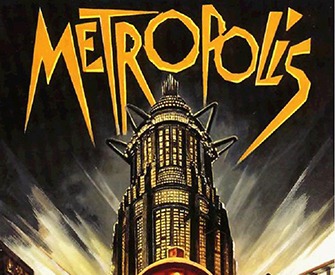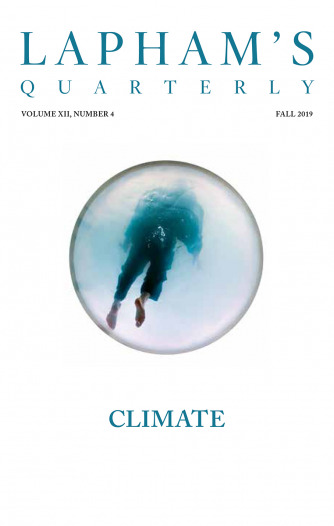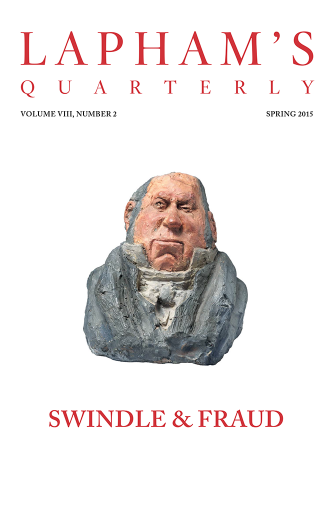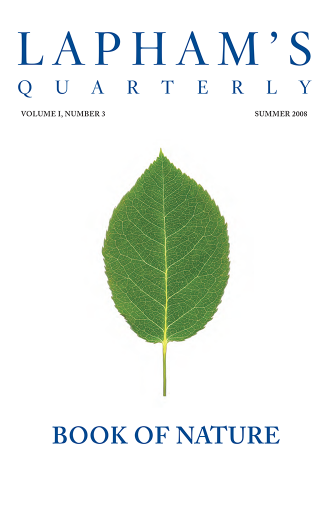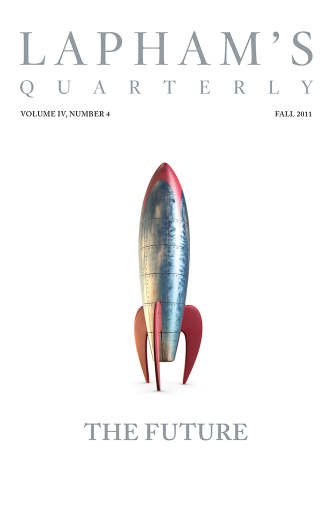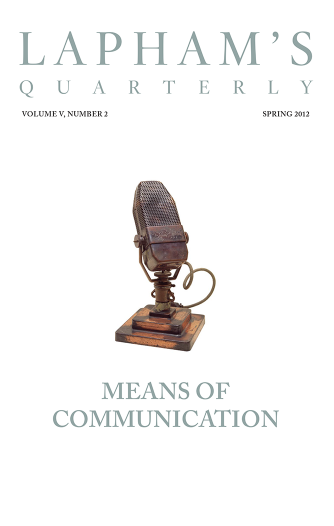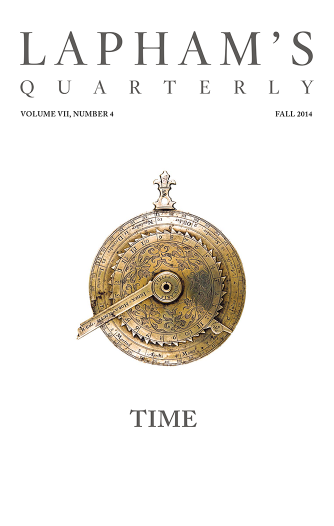
H.G. Wells
(1866 - 1946)
H.G. Wells worked as an apprentice to a draper and an assistant to a chemist before winning a scholarship at the age of eighteen that allowed him to study with the biologist T.H. Huxley. He published his first book, Textbook of Biology, in 1893 and his first novel, The Time Machine, in 1895. “It’s my trump card,” he wrote to a friend about the book, which became an immediate success. Over the next two years, Wells published The Island of Doctor Moreau and The Invisible Man.
